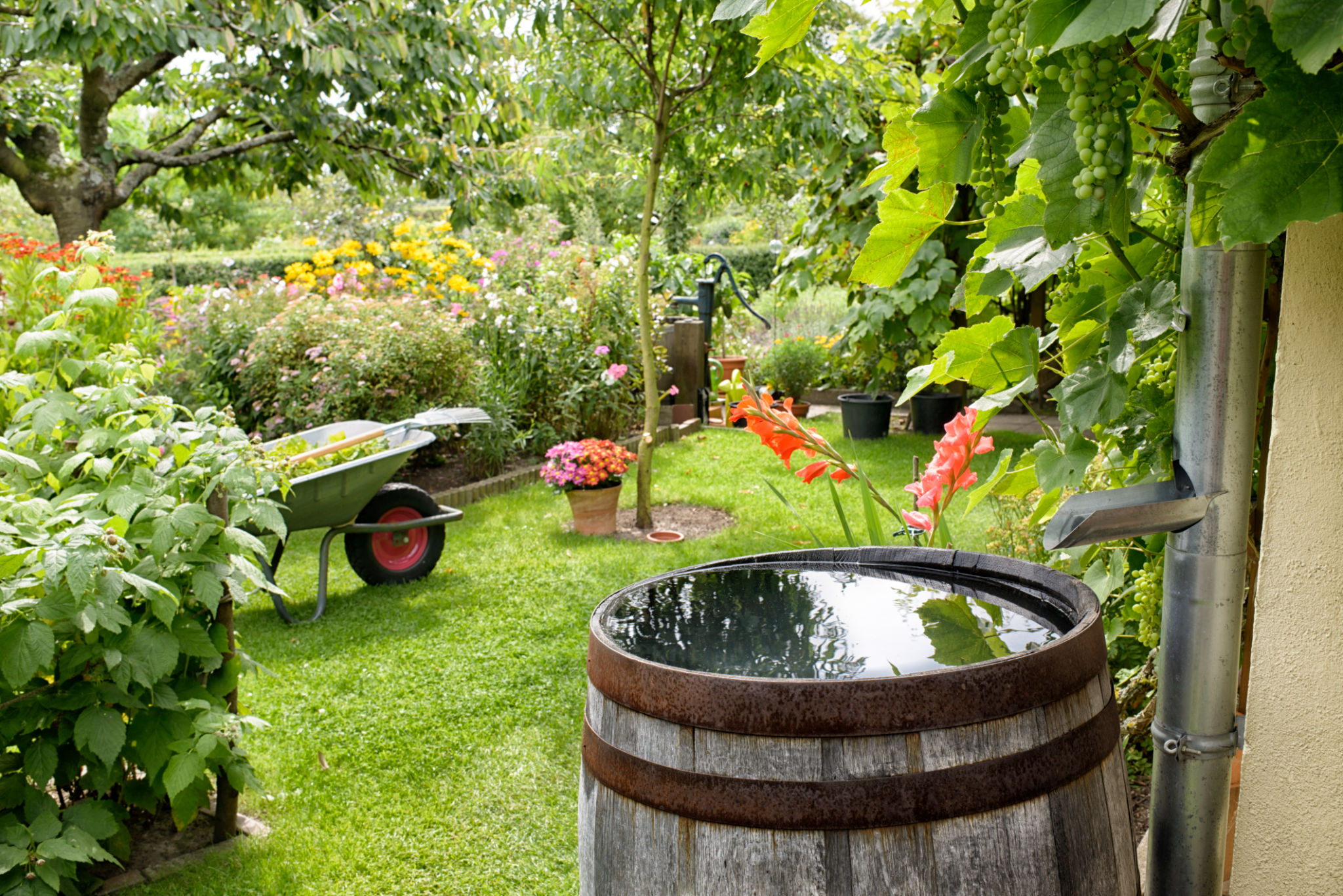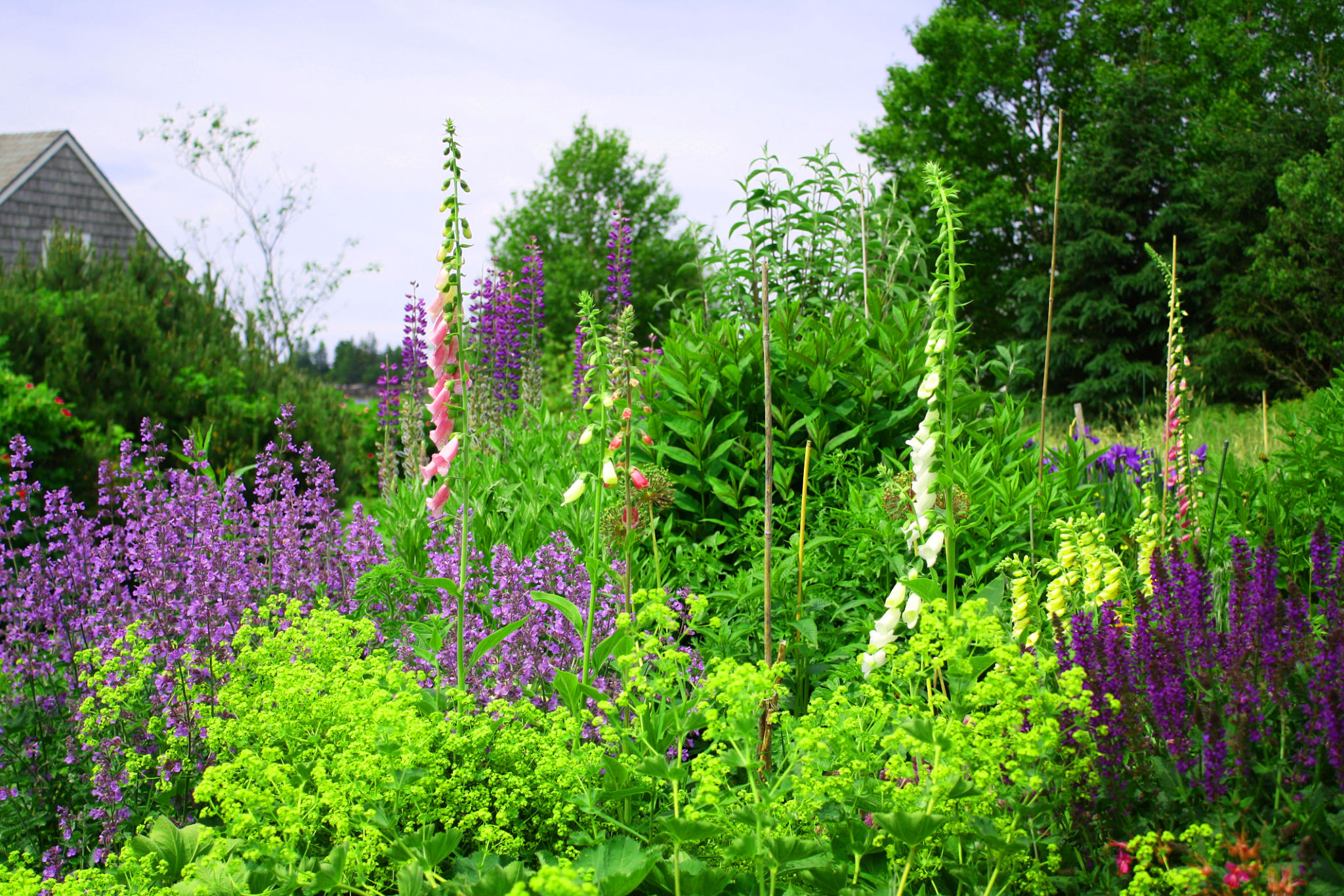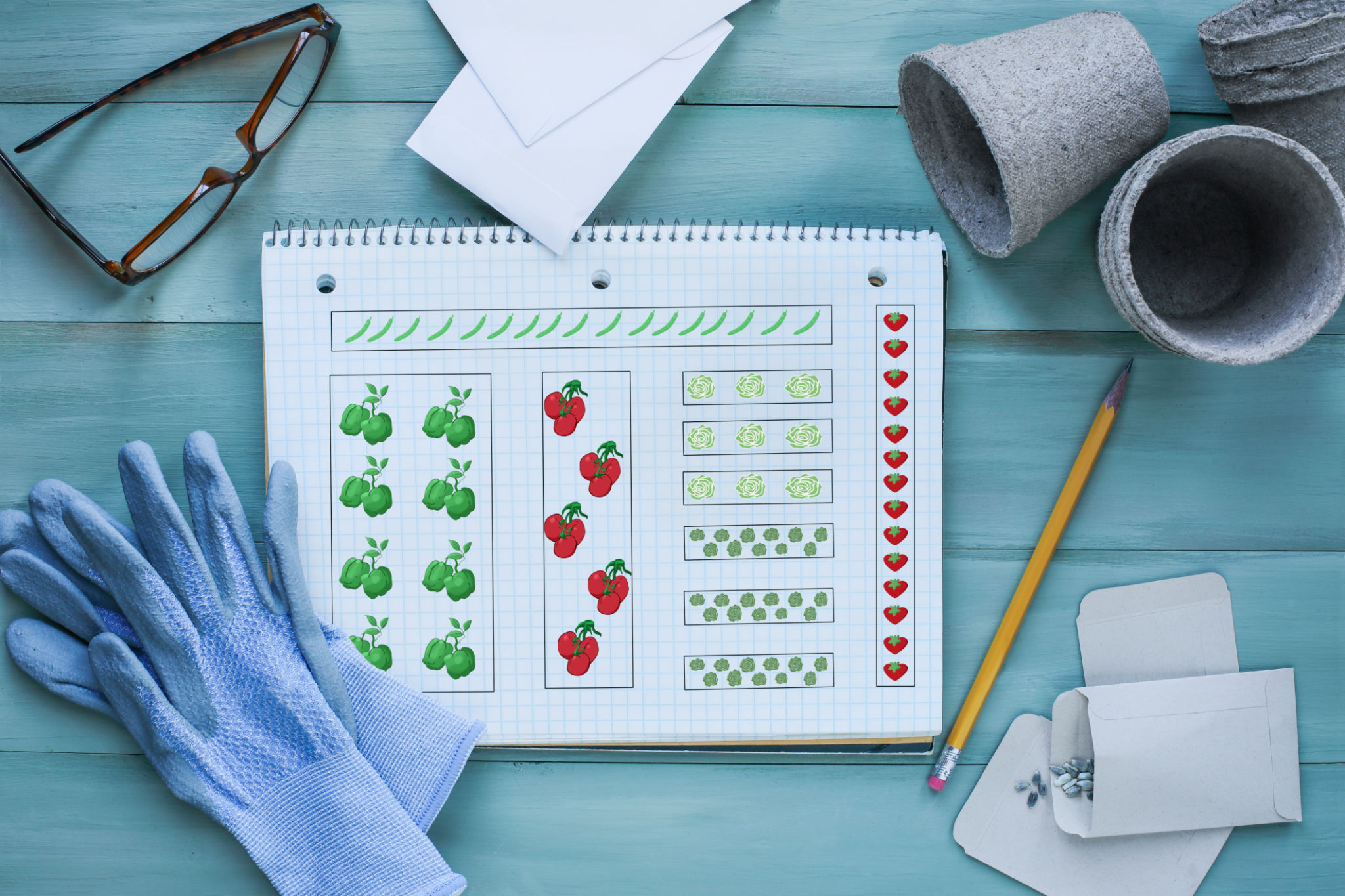The Best Native Plants for Midwestern Gardens: A Sustainable Approach
Embracing Native Plants in Your Midwestern Garden
Creating a sustainable garden in the Midwest involves choosing plants that thrive in local conditions. Native plants are perfectly adapted to the region's climate and soil, requiring less water, fertilizer, and maintenance. These plants not only enhance the beauty of your garden but also support local wildlife. By selecting native species, you're fostering a healthy ecosystem and promoting biodiversity.

Benefits of Native Plants
Native plants offer numerous advantages for gardeners. Firstly, they are resilient to local weather patterns and pests, reducing the need for chemical interventions. This natural resistance makes them a more sustainable choice. Additionally, native plants generally require less water than non-native species, which is a crucial consideration in areas prone to drought.
Beyond environmental benefits, native plants provide essential habitats for local fauna. Many native species attract pollinators such as bees, butterflies, and birds. This attraction supports the entire ecosystem, contributing to healthier gardens and surrounding environments.
Top Native Plants for Midwestern Gardens
Choosing the right native plants depends on your specific garden conditions and aesthetic preferences. Here are some top recommendations:
- Purple Coneflower (Echinacea purpurea): Known for its stunning blooms, this plant attracts pollinators and provides a splash of color.
- Black-eyed Susan (Rudbeckia hirta): With its bright yellow flowers, this plant is hardy and can thrive in various soil types.
- Smooth Blue Aster (Symphyotrichum laeve): This late-blooming plant offers delicate blue flowers that attract butterflies.

Designing with Native Grasses
Incorporating native grasses into your garden can add texture and movement. Grasses such as Little Bluestem (Schizachyrium scoparium) and Sideoats Grama (Bouteloua curtipendula) are excellent choices. They offer stunning seasonal color changes and require minimal care. These grasses are also exceptional at preventing soil erosion, making them a practical and beautiful addition.
Considerations for Planting
Before planting, consider your garden's specific conditions, including sunlight exposure, soil type, and available space. Native plants are generally adaptable but selecting species that match your garden's conditions will ensure the best results. It's also beneficial to group plants with similar water and sunlight needs together to maximize their growth potential.

Creating a Wildlife-Friendly Habitat
One of the greatest joys of a native plant garden is witnessing the wildlife it attracts. To enhance this aspect, include a variety of plants that flower at different times throughout the growing season. This variety ensures a continuous food source for pollinators. Additionally, providing water sources and shelter can make your garden even more inviting for birds and beneficial insects.
By choosing native plants, you're not just cultivating a beautiful garden—you're investing in the health and sustainability of your local environment. Embrace these natural treasures and enjoy the vibrant life they bring to your outdoor space.
